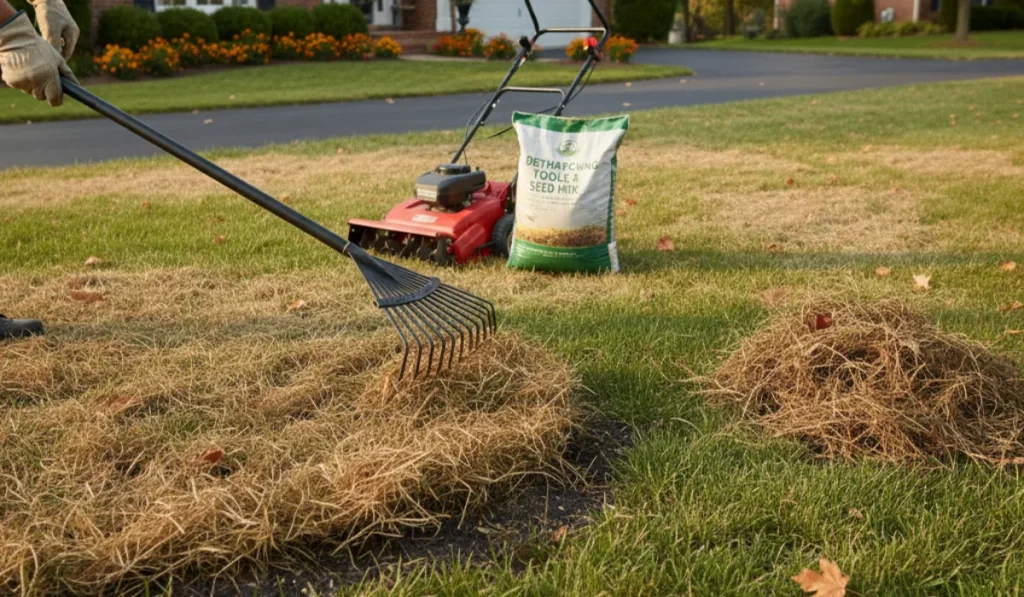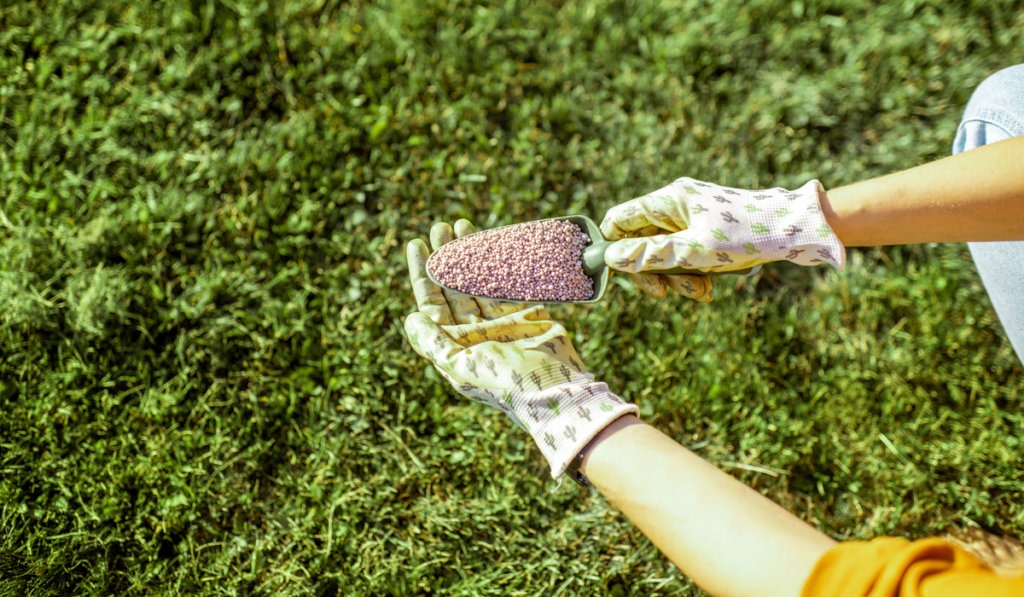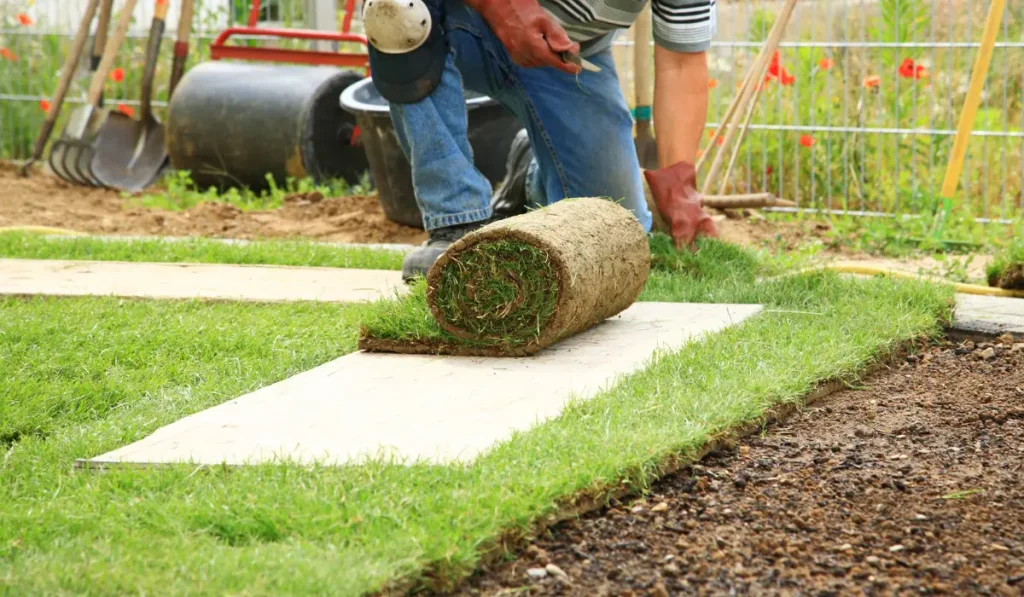No matter how much effort you put into your lawn care routine, weeds always seem to find a way in. In California, managing them is more than just an aesthetic concern. It’s essential for a healthy home lawn.
The key to effective weed control is weed identification.
Once you know what you’re up against, you can match the right treatment to the type of weed and its growing season.
Here’s how to identify and control the most common weeds that invade your lawn.
Key Takeaways
- Lawn weeds like crabgrass, dandelion, oxalis, and bindweed grow fast when your turf is weak or stressed.
- Each weed looks different and needs specific tools, herbicides, or care to fully remove and prevent regrowth.
- Pre-emergent and post-emergent herbicides work best when used at the right time during the weed’s life cycle.
- SodLawn provides strong sod that helps homeowners grow thicker lawns that naturally block out most common weeds.
Crabgrass
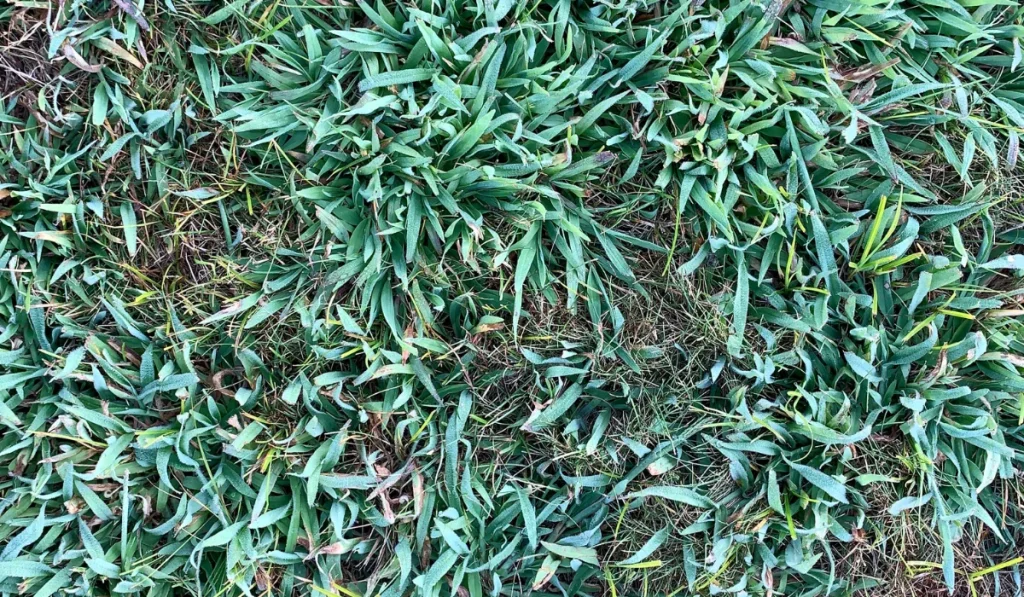
This summer annual is a notorious lawn pest, especially in compacted or bare soil. As it matures, crabgrass develops thick seed heads and invades thin patches of turf during the hot growing season.
Weed Control Tip: Use a pre-emergent herbicide in February and September to prevent germination. It thrives in stressed lawns, so regular mowing at the proper mowing height and fertilizing will help turfgrass outcompete it.
Dandelion
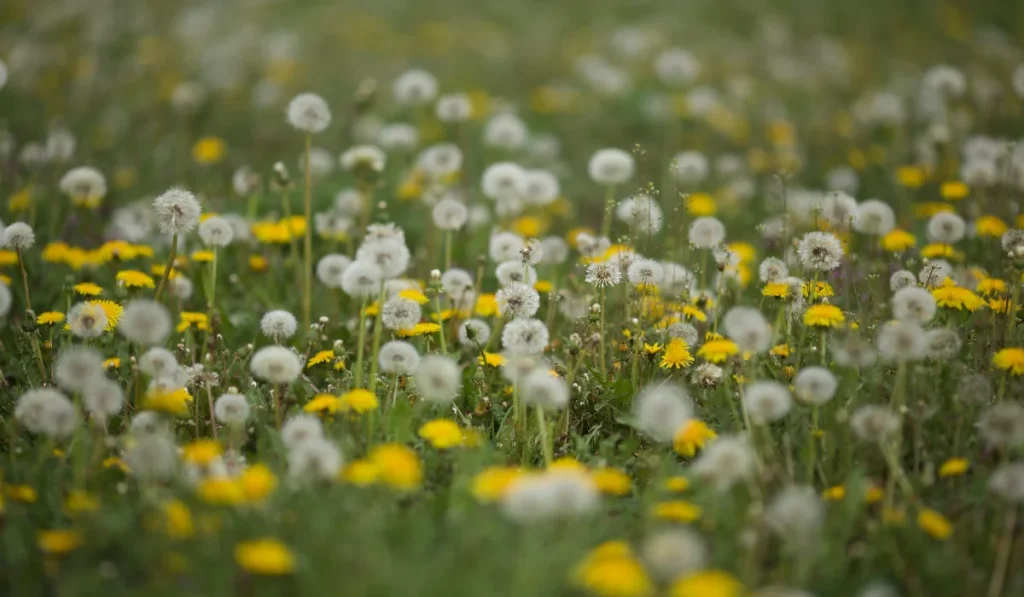
Dandelions are perennial weeds with a deep taproot and bright yellow flowers. They produce fluffy white seed heads that spread easily, making them one of the most persistent common weeds in residential lawns.
Weed Control Tip: Digging can be effective, but you must remove the entire taproot. For larger infestations, apply a selective broadleaf herbicide during early spring or late fall when the plant is storing energy in the root system.
White Clover
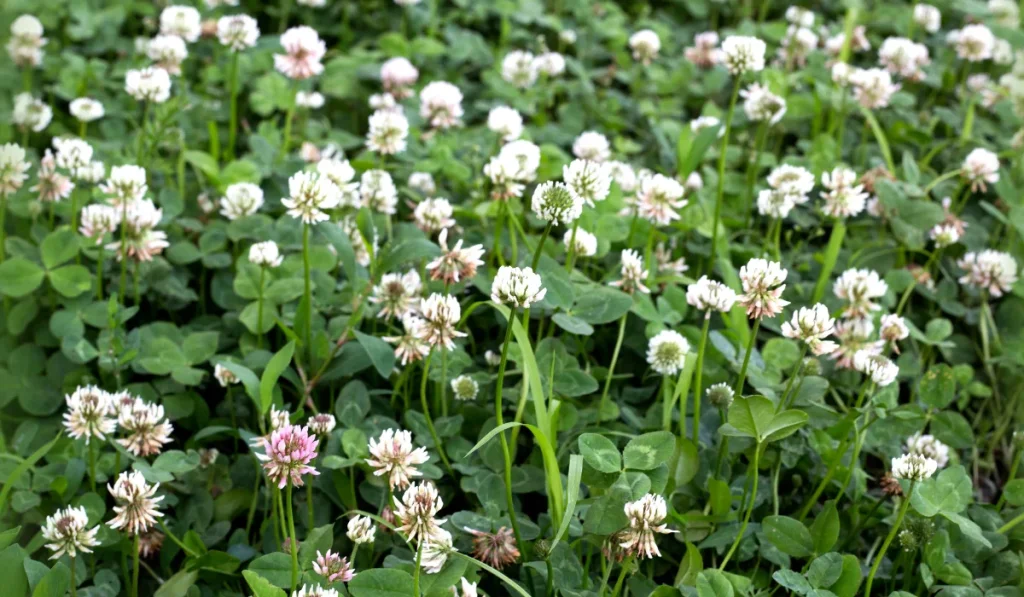
White clover features white flowers and a creeping habit. It often appears in lawns with low nitrogen levels and poor turf coverage. Though it’s a legume, white clover spreads aggressively like a grassy weed.
Weed Control Tip: Fertilize your lawn to prevent clover from establishing. Spot-treat with post-emergent herbicides and reseed thin areas to block future infestations.
Nutsedge
Often mistaken for grass, nutsedge has a waxy, upright blade and grows faster than turfgrass. It spreads underground through tubers and rhizomes, which makes it particularly hard to kill.
Weed Control Tip: Hand-pulling only stimulates growth if tubers are left behind. Use a selective herbicide designed for sedges, and adjust your irrigation practices to avoid soggy, poorly drained zones.
Chickweed
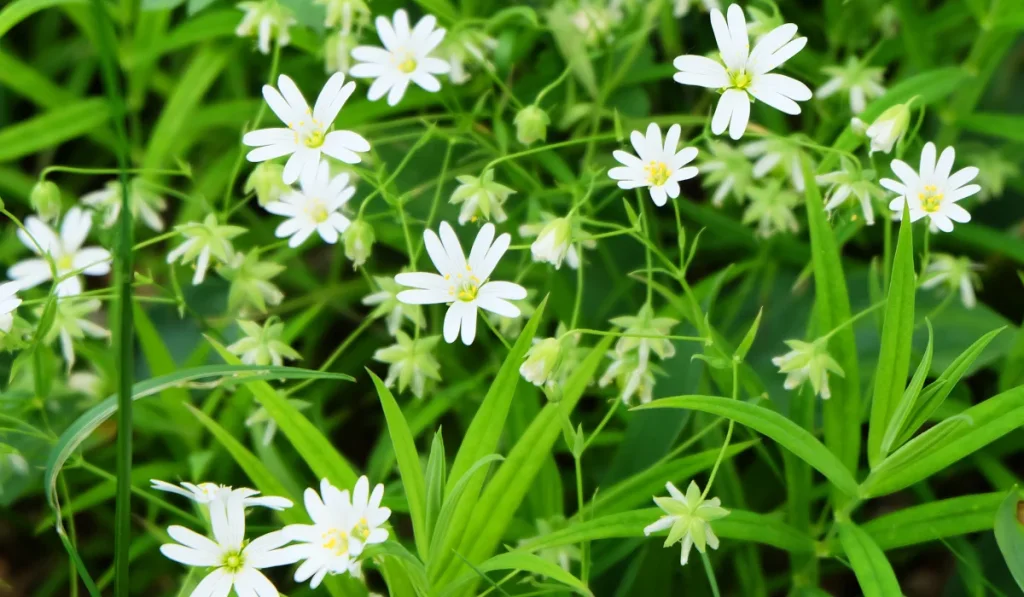
Common chickweed is a low-growing, winter annual that thrives in cool-season lawns and shaded areas. It forms rosettes with small, white flowers and heart-shaped leaves.
Weed Control Tip: Treat in early spring with post-emergent herbicides. In fall, use pre-emergents to stop it from getting a foothold. Keep the turf thick to shade out new weed seeds.
Spurge
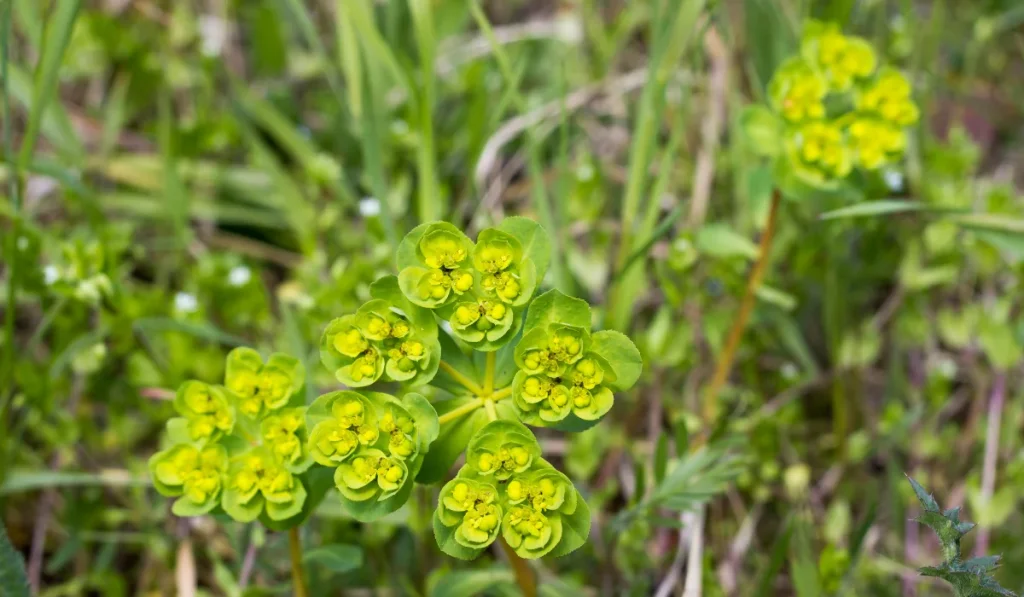
This summer annual has red stems, small leaves, and a fast-spreading growth habit. Spotted spurge can be a big problem in drought-prone California lawns with thin or dry patches.
Weed Control Tip: Apply mulch in garden beds and around walkways to suppress growth. In lawns, early treatment with pre-emergents and proper lawn irrigation helps reduce infestations.
Ground Ivy
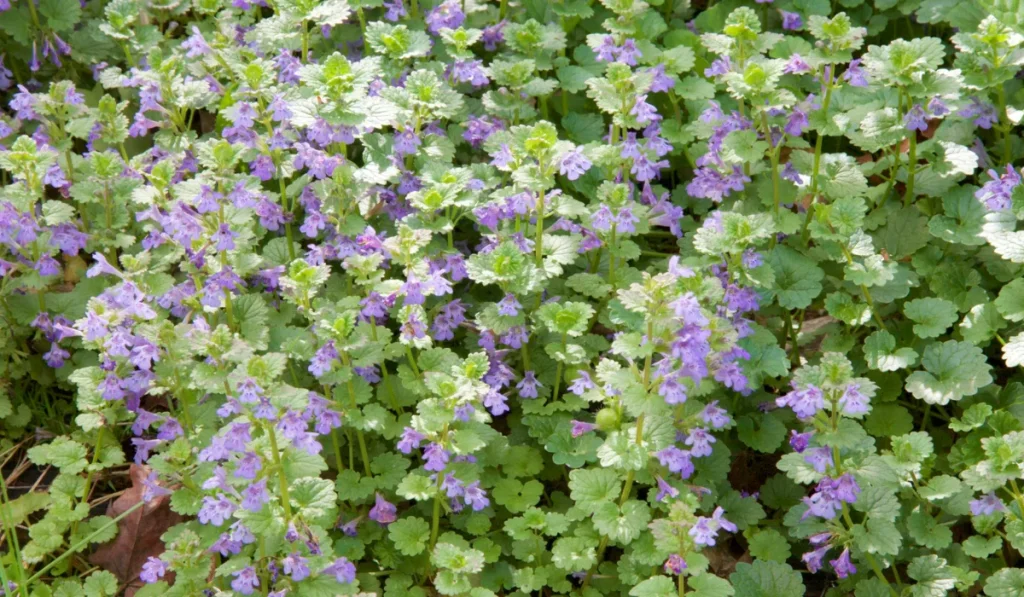
Ground ivy, also known as creeping Charlie, features scalloped leaves and purple flowers. This perennial weed spreads via creeping stems and roots at the nodes.
Weed Control Tip: Use a post-emergent herbicide with triclopyr to control established patches. It prefers moist, shaded areas. Improving drainage and sunlight will reduce its spread.
Plantain
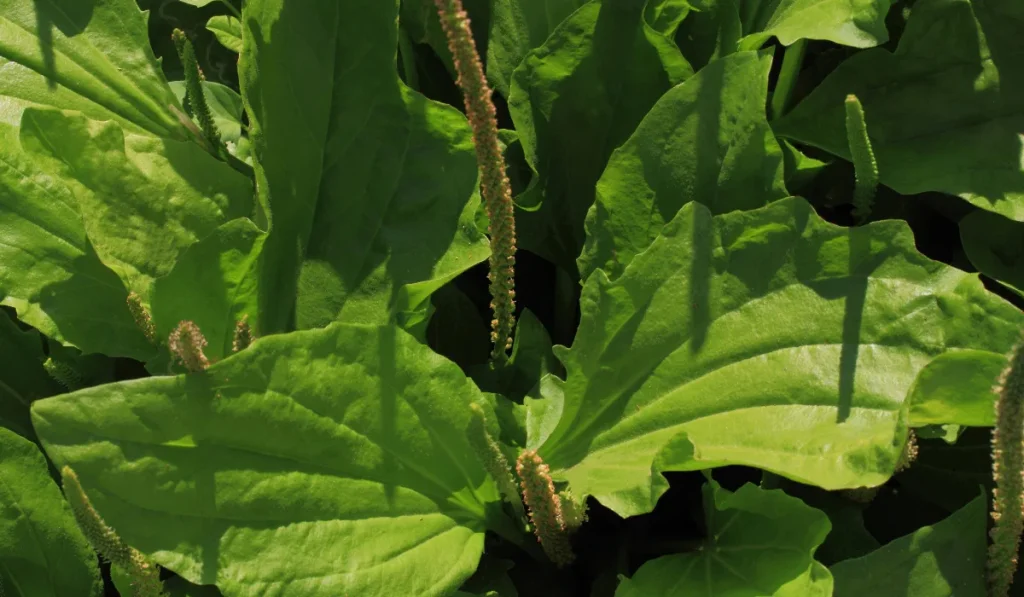
Broadleaf plantain forms thick, flat rosettes and thrives in compacted soil, making it a common weed in high-traffic areas. It sends up tall seed spikes during the warm-season months.
Weed Control Tip: Aerate your lawn and use a selective herbicide targeting broadleaf weeds. Maintaining strong turf will keep this persistent perennial from reestablishing.
Oxalis
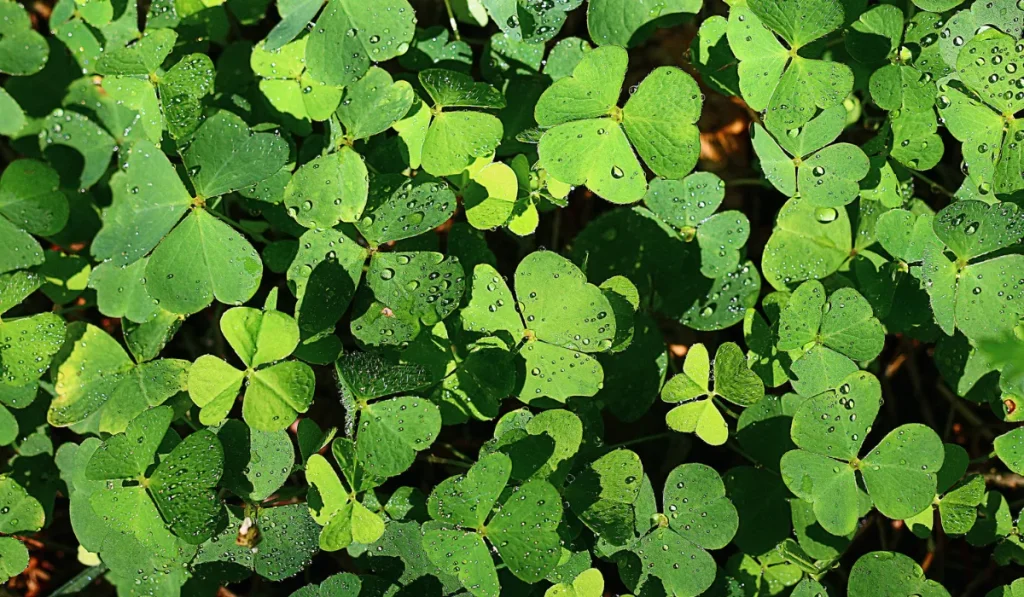
Oxalis, or woodsorrel, resembles clover but features bright yellow flowers and distinct heart-shaped leaflets. In California, it often grows as a winter annual but may act perennial in shade.
Weed Control Tip: Mulch beds and borders, and treat lawns with post-emergent herbicides in late spring or early summer for best results.
Annual Bluegrass
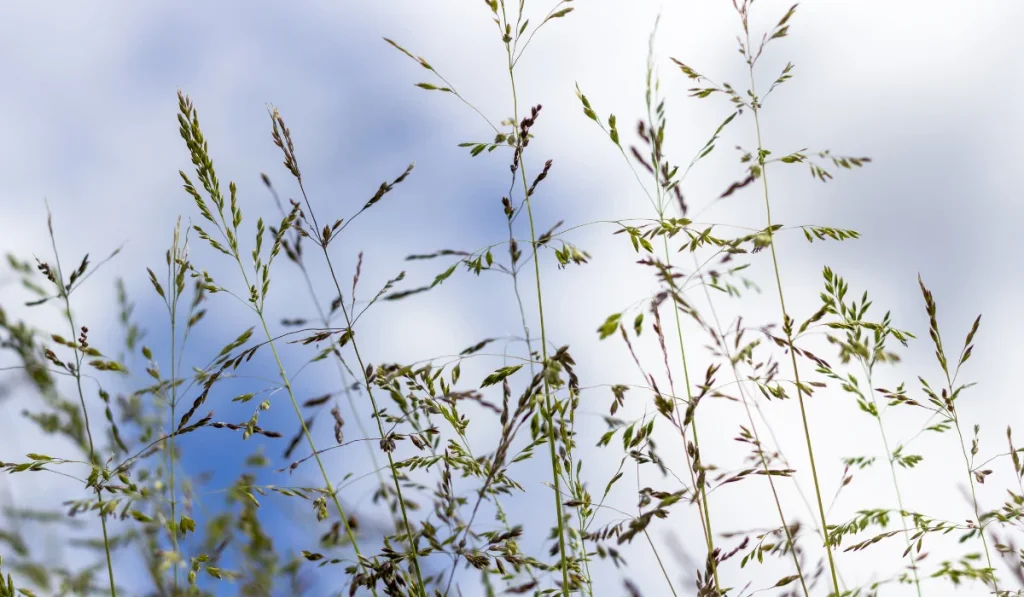
Poa annua, or annual bluegrass, is a cool-season grassy weed that invades weakened turf and compacted areas. Its pale green color and dense seed heads make it easy to identify.
Weed Control Tip: Prevent germination with pre-emergents in late summer. Keep mowing height consistent and improve drainage to reduce stress on your home lawn.
Quackgrass
Quackgrass is a cool-season perennial grass with flat, wide blades and a pronounced clasping auricle at the base of each leaf. It spreads aggressively by underground rhizomes, making it one of the most difficult grassy weeds to remove from home lawns.
Weed Control Tip: It is resistant to many selective herbicides, so spot treatment with a non-selective weed killer may be necessary. Digging out the rhizomes can help in small infestations, but complete removal is challenging without full turf renovation.
Knotweed
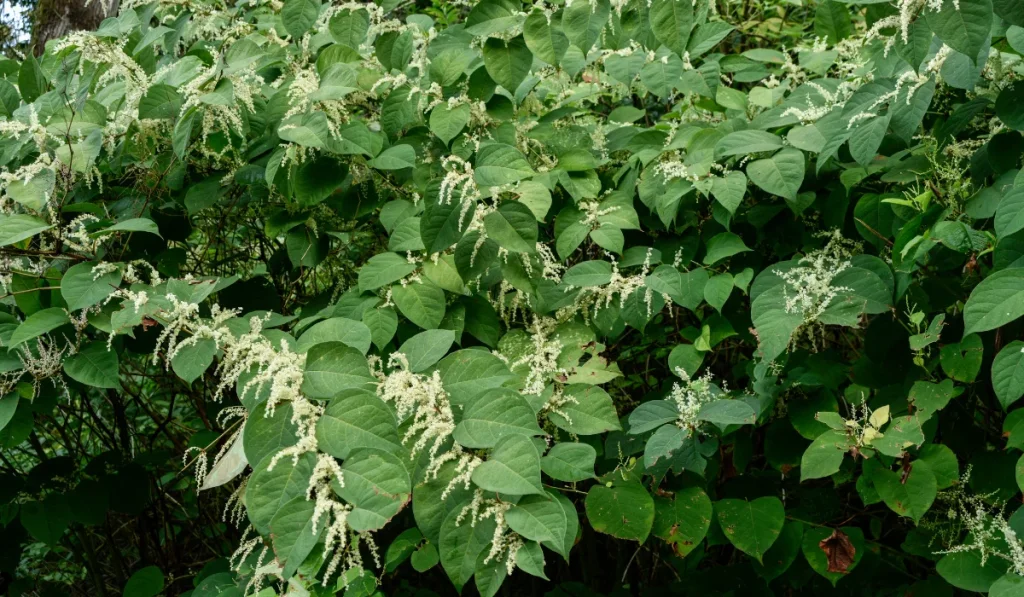
Knotweed is a summer annual that germinates in compacted soil, often along sidewalks, driveways, and heavily trafficked lawn areas. It forms a dense, wiry mat of low-growing stems with small blue-green leaves.
Weed Control Tip: Prevent knotweed by loosening compacted soil with aeration and applying a pre-emergent herbicide in late winter or early spring. Post-emergent herbicides work when applied to young plants before flowering.
Deadnettle
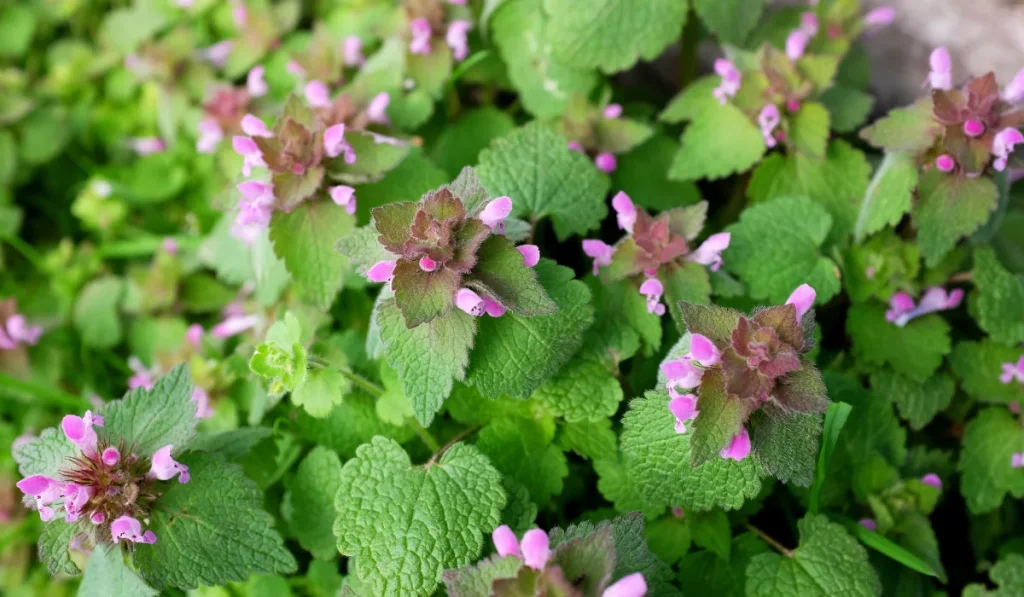
Deadnettle is a broadleaf winter annual with fuzzy, heart-shaped leaves and clusters of small purple flowers. It grows low to the ground and thrives in cool, moist, and shaded areas.
Weed Control Tip: Improve drainage and sunlight in problem areas. Treat with a post-emergent broadleaf herbicide in early spring before flowering. Maintaining dense turfgrass discourages its return.
Henbit
Henbit is a member of the mint family, identified by its rounded, scalloped leaves and square stems. It produces purple flowers in early spring and grows best in moist, shady lawns.
Weed Control Tip: Like deadnettle, it is a winter annual. Apply pre-emergent herbicide in late fall and follow up with a post-emergent in early spring. Keeping your turf thick and well-fed reduces the space that henbit needs to germinate.
Black Medic
Black medic is a low-growing broadleaf weed with trifoliate leaves similar to clover, and small yellow flowers that turn into black seed pods. It favors dry, nutrient-poor soils and invades lawns where turf is sparse.
Weed Control Tip: Fertilize to improve nitrogen levels and apply a broadleaf herbicide for active infestations. Because it is a summer annual, pre-emergent herbicides applied in late spring can help control weed seeds before they sprout.
Bindweed
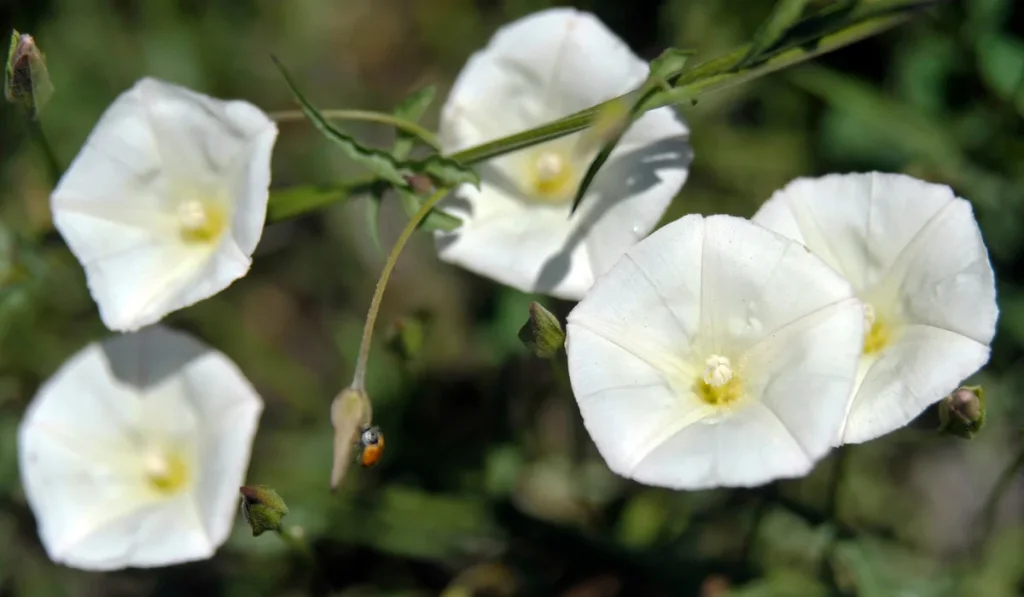
Field bindweed is a twining vine with arrow-shaped leaves and white to pink morning glory-style flowers. It can climb fences, shrubs, or lie flat across your lawn. This perennial weed has an extensive root system that can reach several feet deep.
Weed Control Tip: It requires persistent treatment. Cut back new growth regularly and spot-treat with a systemic herbicide to reach the deep root system. Avoid tilling, as it can break roots into pieces that resprout.
Canada Thistle
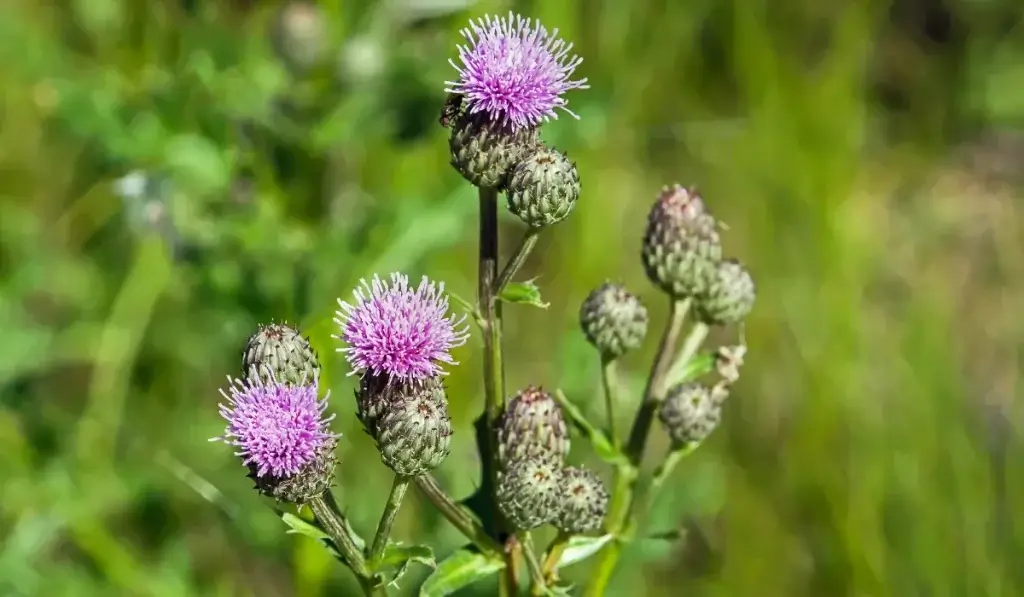
Canada thistle is a spiny, invasive perennial that forms colonies through an aggressive network of rhizomes. It has soft, wavy leaves with barbed edges and clusters of purple flowers in late spring to early summer.
Weed Control Tip: Don’t mow it. Cutting it encourages spread. Instead, apply a systemic broadleaf herbicide in the early bud stage. Repeated treatments may be necessary due to its strong root system.
Don’t Let Lawn Weeds Take Over
At SodLawn, we help homeowners across California control weeds by starting with stronger turfgrass. Our premium sod varieties are more competitive against annual weeds, winter annuals, and perennial weeds alike.
Want a weed-free lawn that lasts? Let’s find the right sod for your area.
Whether you’re in the Central Valley or the coast, SodLawn can help you grow a thick, beautiful lawn that keeps weeds out.
Call now to explore our sod options and delivery services.
Frequently Asked Questions
Can weeds come back after I treat them with herbicide?
Yes, weeds can return if treatment misses the root or if seeds remain in the soil. Ongoing lawn care and timely reapplication help stop future outbreaks before they take hold.
Is it okay to compost weeds after pulling them from the lawn?
Do not compost weeds with seed heads, tubers, or rhizomes. These can survive in home compost piles and reintroduce weeds to your lawn when spread during future landscaping or planting.
How often should I inspect my lawn for new weeds?
Lawn inspections every one to two weeks during spring and summer help catch fast-growing weeds early. Early removal prevents seed production and reduces long-term problems across the growing season.

